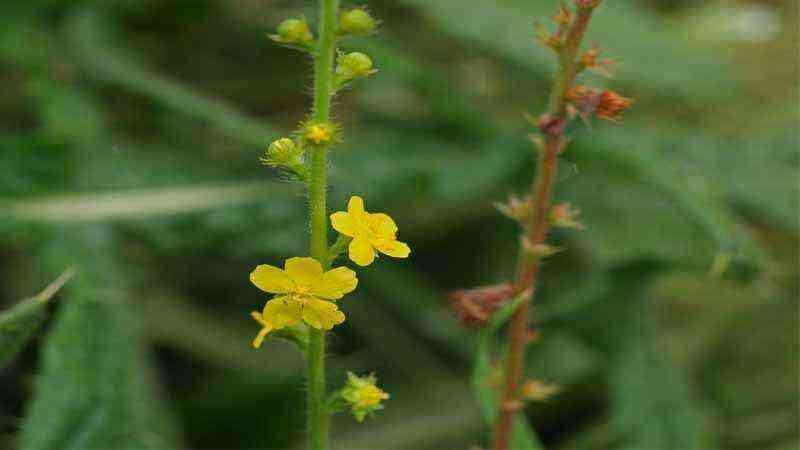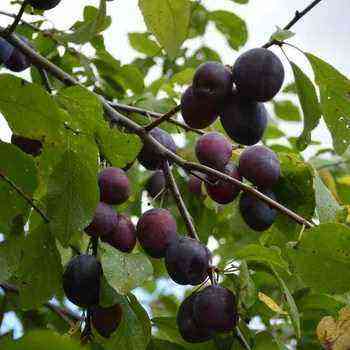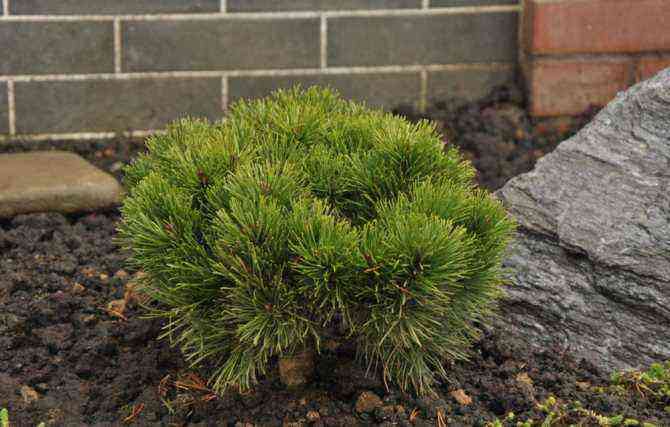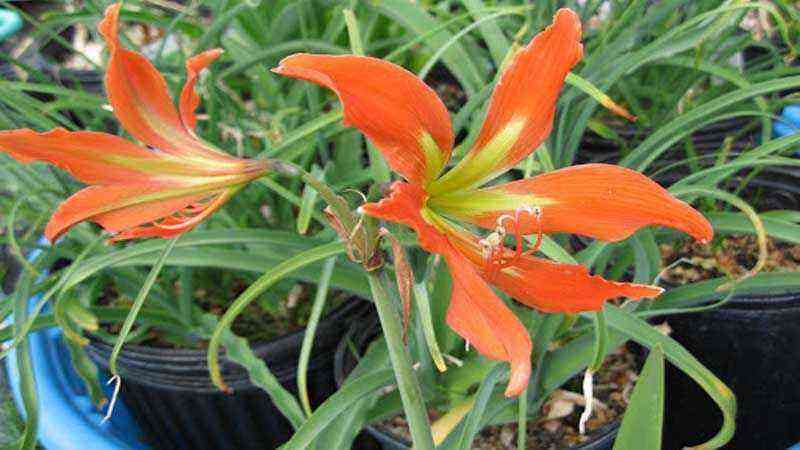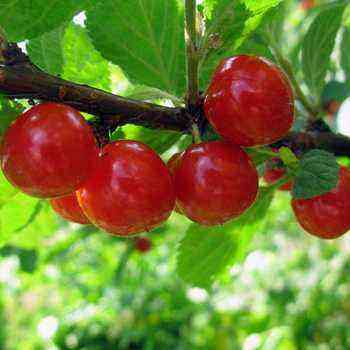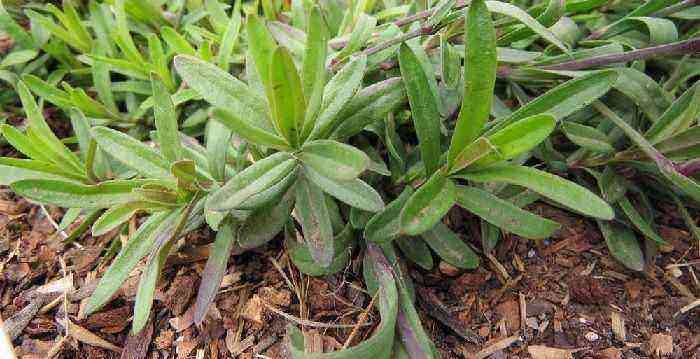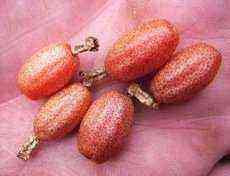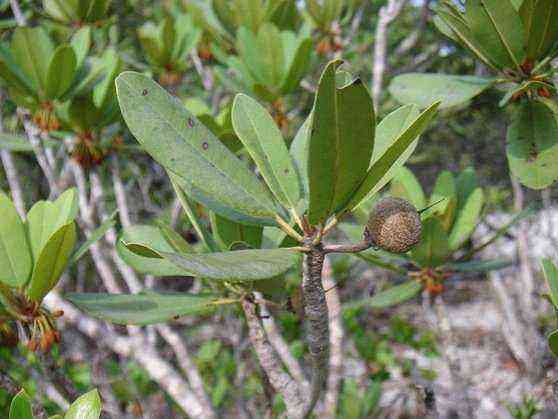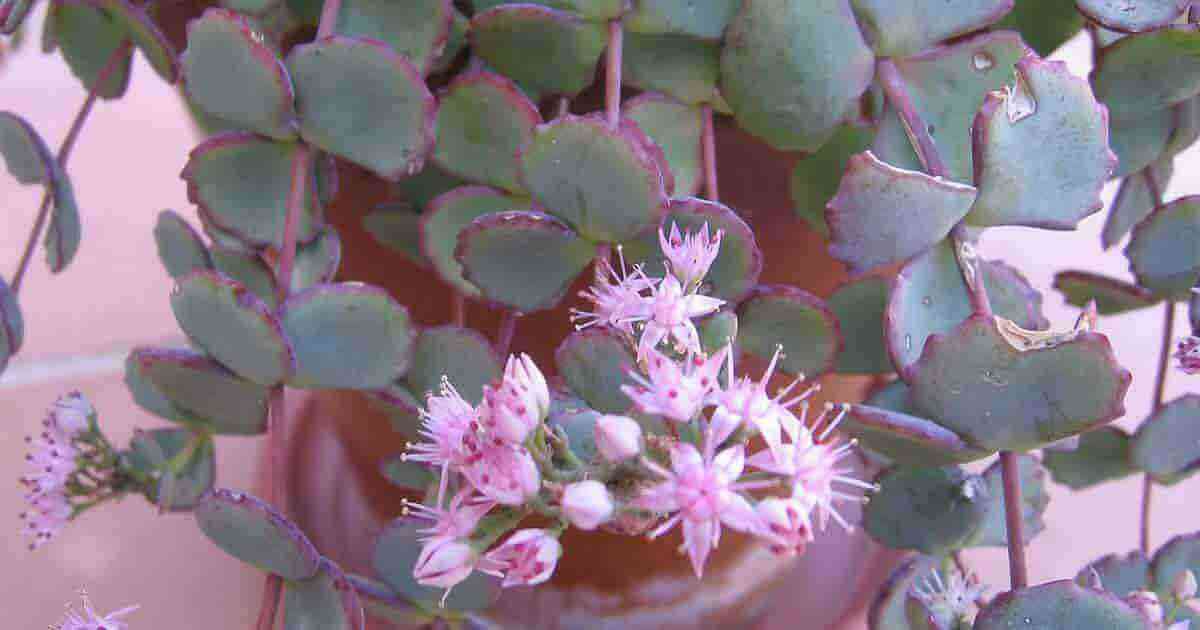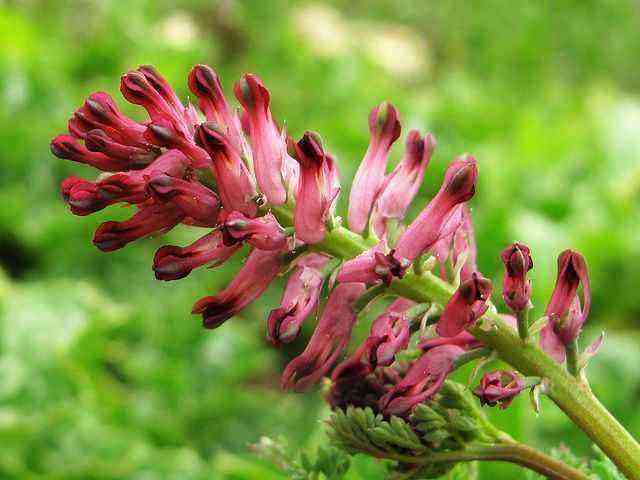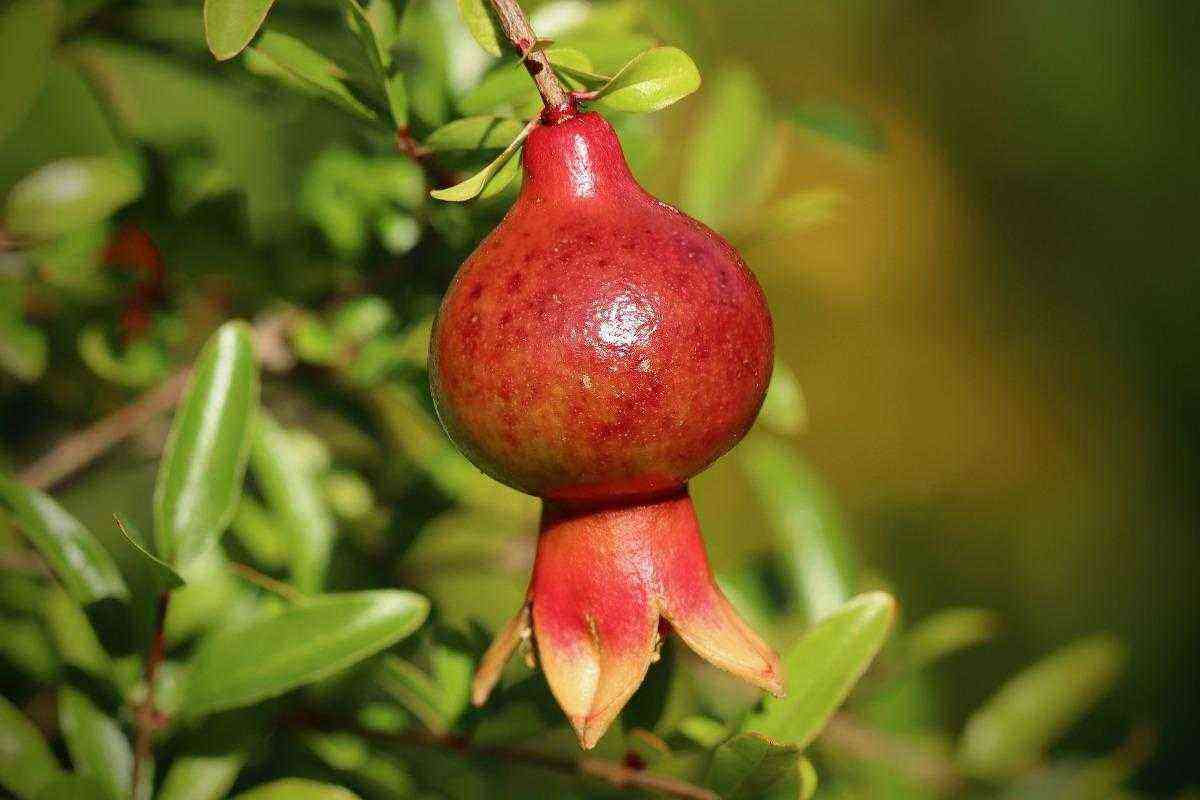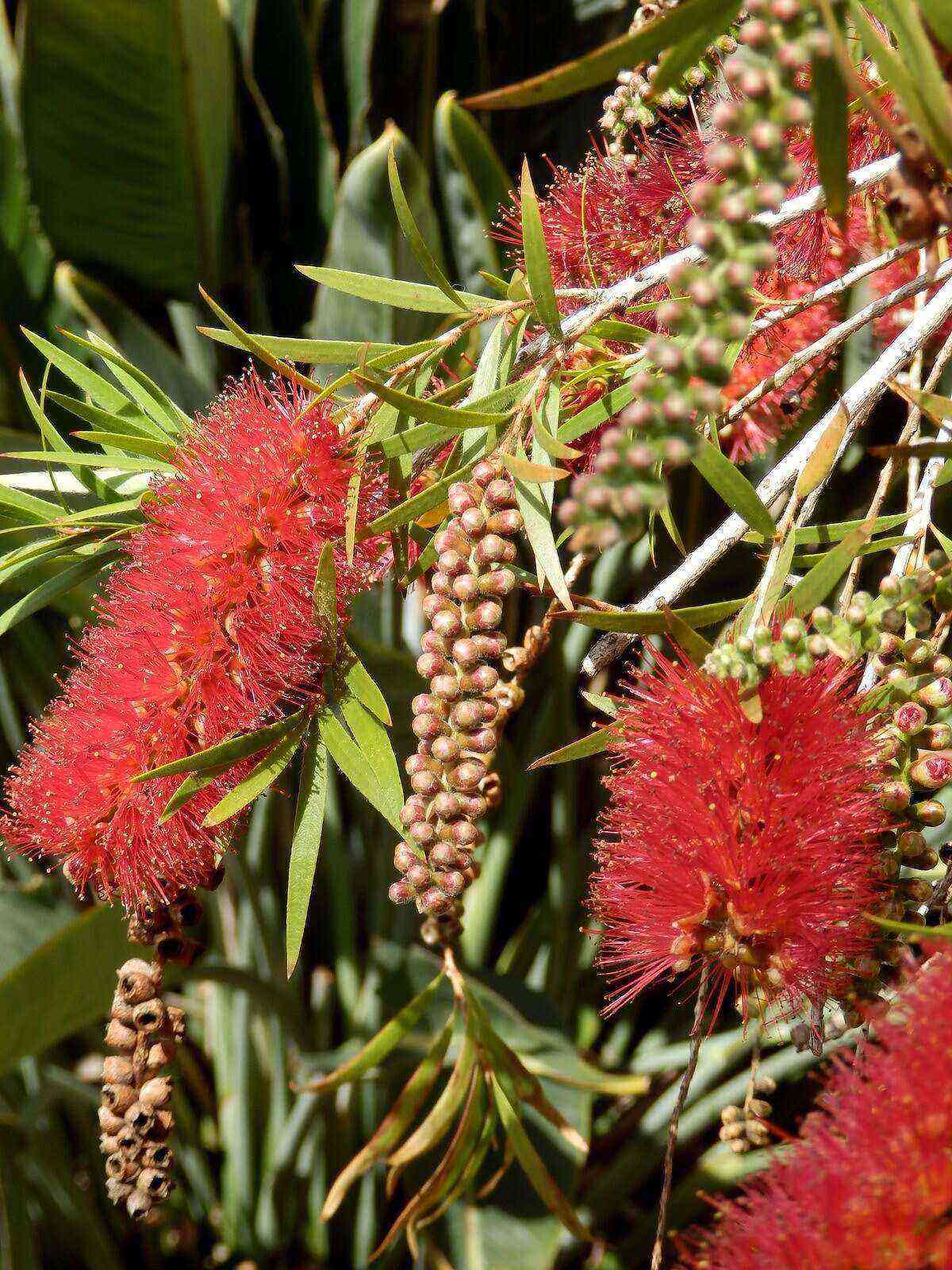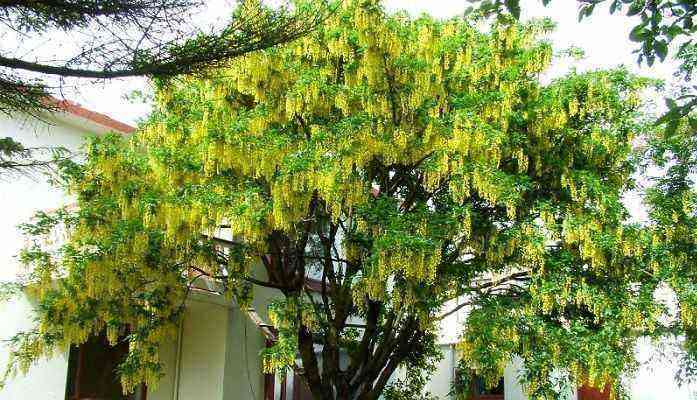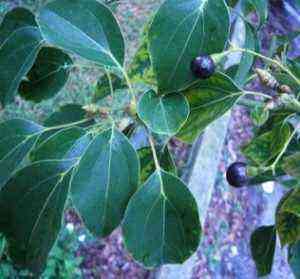Greetings to our regular readers. Today we are going to talk about a very common herb in the Iberian area, known as San Guillermo grass. We are going to tell you about the family it belongs to, all its characteristics, and even the medicinal properties and active principles it contains.
Do you know what the Bach flowers? We tell you when we talk about Agrimony eupatoria. Enjoy it!
Cultivation, properties and characteristics of Agrimonia eupatoria
One of the most important characteristics of Agrimony eupatoria It is the appreciation it has for its medicinal properties. These were already known since ancient times, where the king Mithridates eupator (who liked to use medicinal plants) took advantage of its essential oil extracted from the roots.
In fact, it belongs to the Bach flowers or Bach flower remedies. Doesn’t it ring a bell? Then let’s catch up.
Bach flowers and Agrimonia eupatoria
This name refers to the creator of said group of plants: Edward Bach, a doctor of English origin who was born in 1.886. He collected 38 artisan preparations where he extracted the water from the flowers to “obtain” properties. Something like current homeopathy.
Despite the fact that these preparations did not have any pharmacological action (since the active principles were very diluted), it is worth noting the importance of Agrimony eupatoria among those 38 flowers, of all the medicinal plants that exist, such as Achillea ptarmica, Por ejemplo.
How do we physically classify St. William grass?
Agrimony eupatoria It is a herbaceous, perennial plant that belongs to the family of the Rosaceae. This family must sound a lot to you since the most famous fruit trees and plants (almond, strawberry, apricot, pear, peach, apple tree, etc.) belong to it. Ah well, if we had to name a quintessential ornamental within rosaceae, which one do you think we would say? Of course, the roses. You can take a look at its cultivation here!.
Climatic characteristics
It is very common to see growing spontaneously Agrimony eupatoria in sunny areas of Spain (you see a lot in northern areas, such as Asturias, Cantabria, León, etc.). Climates temperate y warm, belonging to some areas of Europe and America.
It is common to see it grow around other crops, such as oak or holm oak. It can also be seen in slopes or rocky areas. Thus, Agrimony eupatoria may be suitable for rockery garden.
The right soil for its cultivation
We find a medicinal plant that does not have special growing conditions. It can grow in dry and poor areas, with a low content of organic matter. The pH is not a problem nor will it be necessary to modify it when planting Agrimonia eupatoria.
Irrigation
Agrimonia eupatoria pcan grow in warm environments where it is not watered frequently. It makes good use of soil moisture. However, some periodic watering, especially in warm seasons, if it is exposed to full sun, it will improve its development, to the point that it can reach one meter in height.
Subscriber
Although it grows together with other plants and even trees, it is capable of developing in poor and dry areas. The extra contribution of organic matter has a positive effect on it.
Often, the fertilizer is not provided for the St. William’s wort if not for the plants that grow around it, so you can take advantage of it conveniently.
Learn about its medicinal properties of St. William’s wort
Agrimony eupatoria It is a herbaceous unknown to many, but surprising for all the medicinal properties it houses. There are also many legends surrounding this plant, such as that if you put a stalk of St. William’s wort on the head of someone who was sleeping, you deprived them of their memories.
Fortunately, Agrimony eupatoria It is a plant that has been highly studied by health authorities. On the one hand, the German medicinal plants therapeutic guide has approved use in the form of tea preparations to reduce throat inflammation (through gargling), as well as control of diarrheal processes.
Its anti-inflammatory and healing properties are well known. There have also been clinical trials that support certain properties against gastrointestinal disorders, although the data offered by this medicinal plant are still being studied and consolidated. There are still things to discover from Agrimonia eupatoria.
However, caution must be exercised with use because, although it has not been shown that there are problems with its use, still Agrimony eupatoria is undergoing studies in animals and humans.
There is a rating to see how it would rank in the face of scientific evidence. That something like:
- A class: consolidated scientific evidence for the study.
- Class B: good scientific evidence.
- Class C: dubious scientific evidence.
- Class D: Acceptable scientific evidence of non-use.
- Class E: consolidated scientific evidence of non-use.
Class D and E does not mean that it is bad, but that it has no effect.
- Gastrointestinal disorders: class C.
- Skin disorders: class C.
